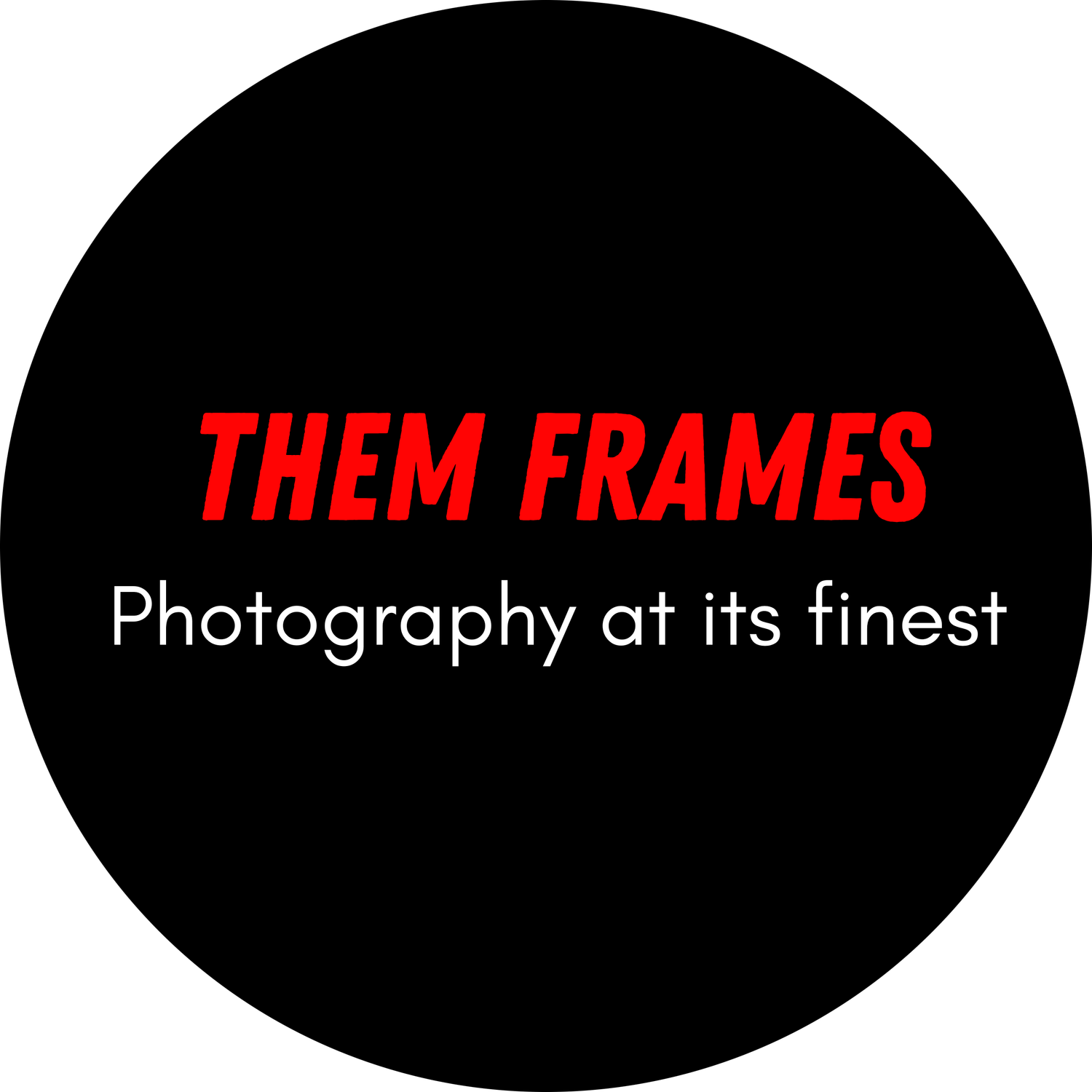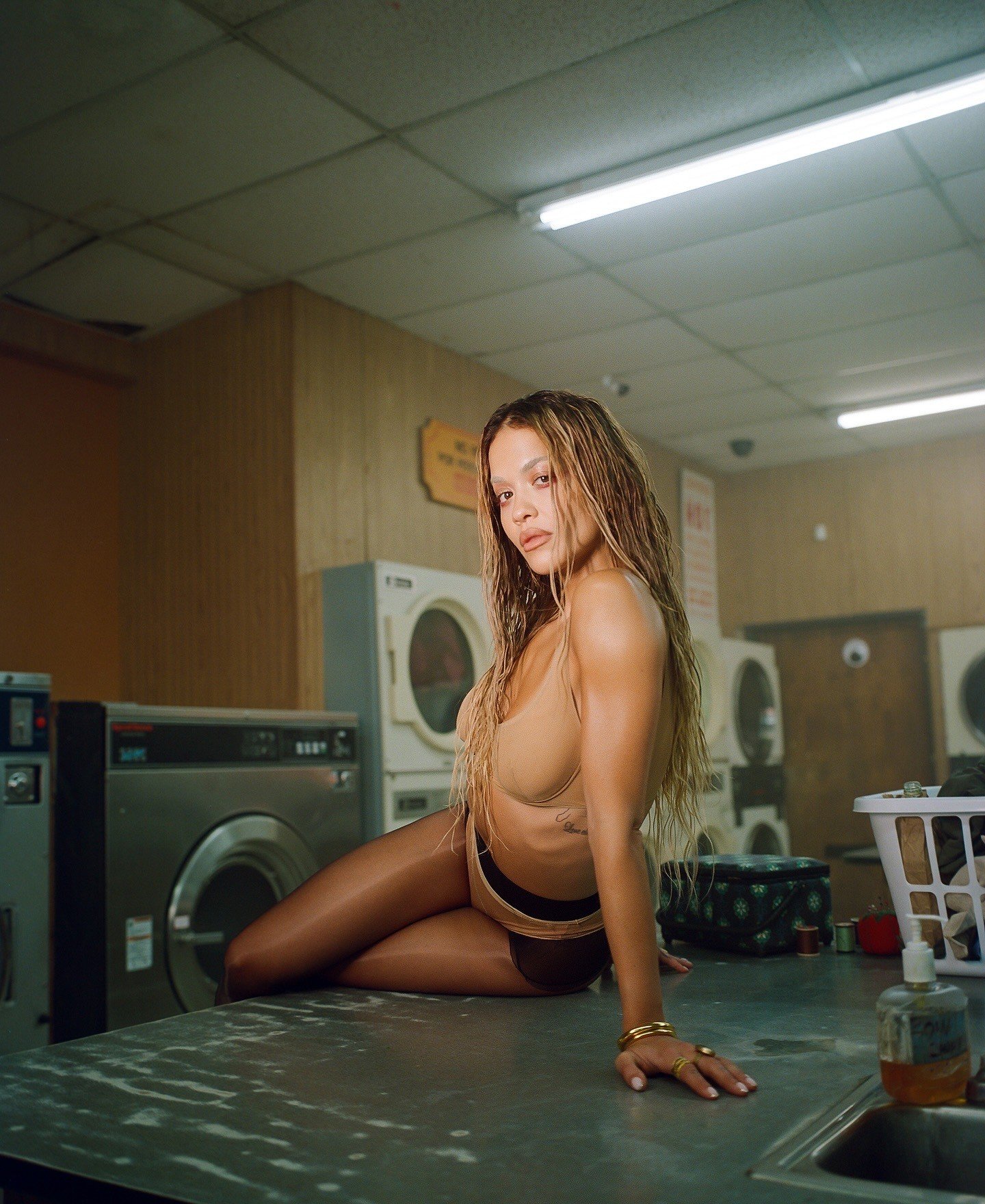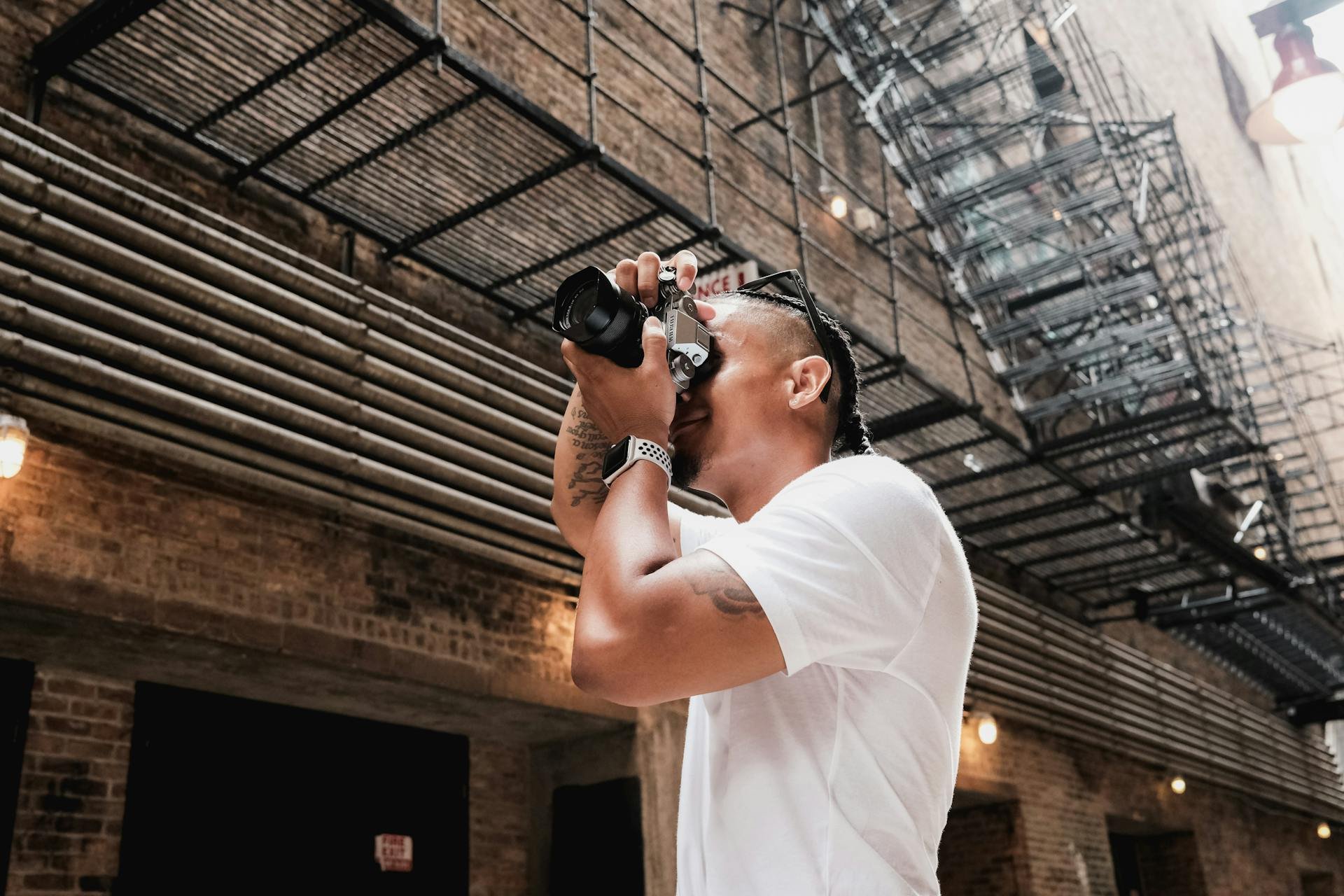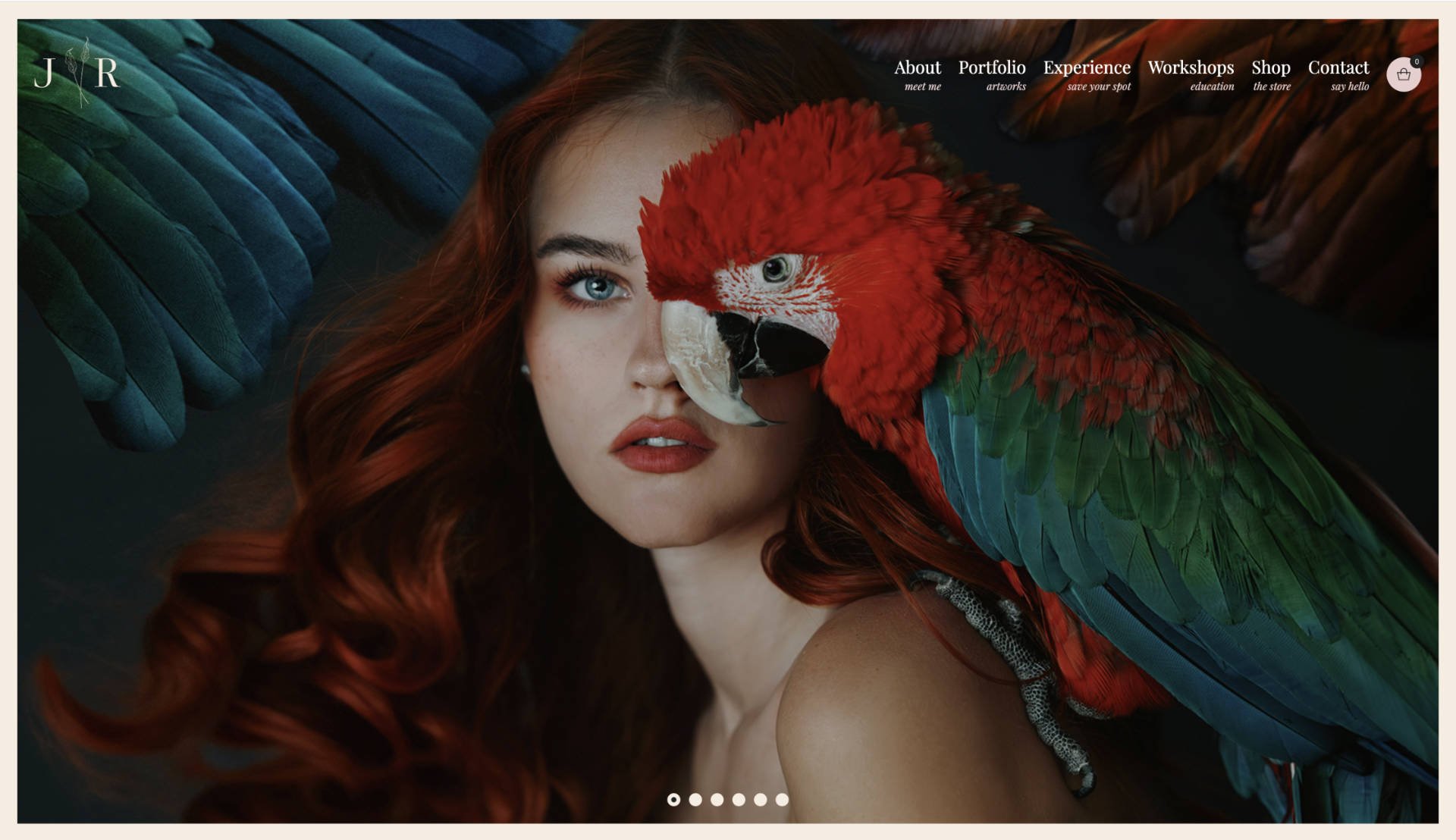Photographers on their Love for Kodak Portra 400
Photo by Rosie Matheson.
Portra 400 remains the most popular film roll photographers use. Ask any analog photographer which roll of film they love the most, and there’s a very high chance they’ll say “Kodak Portra 400” before you even finish asking the question. So, why do people love it so much?
History of Kodak Portra 400
Kodak Portra 400 was first introduced in the late 90s. Its fine grain structure made it very popular with both wedding and portrait photographers. People were also drawn to it because of its color reproduction and the softness so synonymous with the film stock.
Originally, Kodak produced two separate versions; NC (Natural Color) and VC (Vivid Color) However, over a decade after their introduction, Kodak made the decision to combine the best qualities of each variant, and create one solidified film stock: the Kodak Portra 400 we know today.
Like many film stocks, Kodak struggled with sales once the digital era of photography really came into full swing. But, the cycle of life being, well, the cycle of life, film photography has had a resurgence in the past 10 to 15 years, and Kodak’s classic film stock is at the forefront of it all.
Photographers Using it Today
I spoke to some active photographers who work with analog cameras. My goal was to find out what it was about this film stock that was so attractive to the modern-day film photographer.
“My roll of film, my ride or die, is Portra 400-120” says Rosie Matheson, a portrait photographer working out of Los Angeles, California.
She’s tried many 120 film stock alternatives, but she always circles back to Kodak Portra. “Wherever I am in the world and whatever lighting conditions there are, this film never lets me down”.
Photo by Rosie Matheson.
Matheson has photographed a range of subjects, including Lenny Kravitz, Rita Ora and Sienna Spiro. On why Kodak Portrait 400 serves her workflow so well, she told me, “The skin tones are always true to real life and that's what is most important to me, shooting mostly portraits”.
Another portrait photographer I admire using the film stock is Chantal Convertini. I interviewed her several years ago and we spoke about her creative self portraits. Picking up where we left off, I asked her, if there’s one roll of film you could use, which would it be?
“I love shooting film for its variety in color, looks and its surprises. So I rarely shoot the same film twice,” she told me. She continued, “...but if I had to choose I'd most probably go for a Kodak Portra 400”.
Photo by Chantal Convertini. Model: Joana Betzner.
Going into why it would be her film stock of choice, Convertini explained, “It's a good compromise to shoot in low and in a lot of light, it has beautiful skin tones and as I shoot a lot of nude photography that is important. Also it's just in the middle of everything with its look and also grain.. a good allrounder I'd say”.
Grace Hall is a film photographer from my home county of Yorkshire, in the UK. She documents her travels and how she sees the world with her range of analog cameras.
I really admire the simplicity of her photography and how she can make every day normal scenes come to life. Hall told me she couldn’t live without Kodak Portrait 400. When I asked why, she said “I love how versatile it is and how it works well in any light, it’s my go to wherever I am!.
Photo by Grace Hall.
Portra 400 Alternatives
With all the film stocks in the world, I was determined to speak to photographers opting to use different rolls of film for their workflow.
I got in touch with one of my favorite wedding photographers, Kate Bunny Hampson. She always delivers on her promise of documenting her clients “being fucking fabulous”. Tapping into her experience, Hampson shared her Kodak Portra 400 alternatives.
“Ilford HP5 400. I’ve been a fan since 1991, it also pushes really well. Here is an image where I pushed it to 1600!”.
Photo by Kate Bunny Hampson.
She also uses another Kodak Portra film stock, Portra 800. She told me, “Hands down no contest [Portra 800 is the best]”. She added, “I photograph weddings and live music, and the latitude of this film is incredible. I’ve pushed it to 6400 last year and love it immensely”.
Photo by Kate Bunny Hampson.
Jinnifer Douglass was my final stop. She photographers people and does a lot of brand work as well. Douglass explained she doesn’t have a favorite film stock per se as she’ll tend to use the right stock for the gig.
However, for her personal photography, the stuff she does for the love of it, Douglass does use an alternative to Portra 400.
“When I am just shooting for myself/just for fun I like Ultramax 800 (I know this gets trashed a lot online, but it's actually great!). Problem with that is that they don't sell it by itself, you have to take it out of a disposable Kodak. When that's not available, the 400 will usually do the trick as well”.
Photo by Jinnifer Douglass.
Signing Off
So there you have it! A peek into why photographers continue to love Portra 400 and some alternative options as well. Remember, it’s good to experiment with the range of options available and find one that suits your style.
Also I encourage you to support all the photographers that contributed to this article. I love their work, and I know you will too.
Finally, if you’re curious as to how much film photographers spend to fund their passion and profession, check out this other feature we did: Photographers Share the Trust Cost of Film Photography.
Which film stock do you love? Let me know in the comments. Thanks for reading.
Want your work featured on Them Frames? Pitch us.











